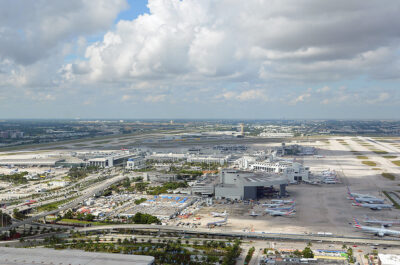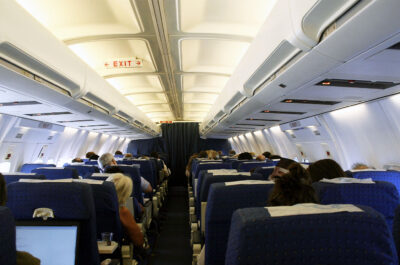The Travel Industry Association released its annual travel forecast, which said that while the travel industry will continue to face challenges through 2009 and in some segments through 2010, leisure travel will sustain the industry while business travel retrenches. However, the search for value is greater than ever, and travelers will cut back -shortening trips, downscaling the level of hotels they choose and perhaps switch to lower-cost destinations…
The Travel Industry Association released its annual travel forecast, which said that while the travel industry will continue to face challenges through 2009 and in some segments through 2010, leisure travel will sustain the industry while business travel retrenches. However, the search for value is greater than ever, and travelers will cut back -shortening trips, downscaling the level of hotels they choose and perhaps switch to lower-cost destinations.
Leisure travel remains more resilient than business travel, said Dr. Suzanne Cook, senior vice president of research for the TIA. “Consumers are responding as we might expect during an economic slowdown,” said Cook. “But travel should not simply be viewed as an economic indicator; it should be seen as a part of the solution to our economic woes. There’s no doubt that if we can spur travel, we can help to turn the economy around.”
Despite current economic conditions and lagging consumer confidence, the forecast shows that leisure travel volume remains stable for 2008 (down 0.2 percent) and is expected to decline modestly in 2009 (down 1.3 percent). According to the latest travelhorizons survey co-authored by TIA and Ypartnership, seven out of 10 (71 percent) respondents intend to take an overnight trip of 50 miles or more from home during the next six months. Nearly half (48 percent) of all respondents stated they were not planning any changes to their future travel plans as result of the recent turmoil in the financial markets.
The outlook for business travel is more challenging, with a 3.7 percent decline in volume projected for 2008 and another 2.7 percent decline forecast for 2009, according to TIA’s annual travel forecast. Companies are making decisions to scale back in the current environment and business travel is no exception. Business, meeting and convention travel volume is expected to begin to recover in 2010, increasing 2 percent.
Dr. Peter Yesawich, chairman of Ypartnership, echoed Cook, saying that demand for leisure travel represents the majority of the demand for travel services in the United States today. “More people are boarding aircraft and checking into hotels for leisure than for business,” he said.
The Travel Sentiment Index (TSI) is at 78, the same level it was in July but down from a high of 93 in February. Yesawich said that the TSI appears to have bottomed out, in part because of the industry’s response to the current economic downturn with attractive promotional offers. Three of the six factors that determine the TSI are up — the perceived safety of travel, the perceived quality of service and the perceived affordability. Three measures are down, a major one being the perceived time available. Time poverty has been taking a toll for quite some time, Yesawich said. There’s been a slight decline of interest in travel, which Yesawich attributed to the current financial crisis and the third criteria, money to spend on travel, is also down.
Yesawich said that the current financial crisis has made value “king” for travelers. That has made inclusively priced vacations -all-inclusives, cruises and vacation packages that include many components paid for in advance- appeal to about 75 percent of active travelers. “To Americans, vacation is a birthright,” Yesawich said, “but many of them will be trading down in terms of budget, length of stay and expenditures on food, beverage and souvenirs.” Yesawich said that the travel industry can stimulate demand with attractive offers but that it must take care to build these offers around the weekend, which sets the parameters for most American vacations.
Although overseas travel to the United States still has not returned to pre-9/11 levels, recent increases in international travel have cushioned the blow of declining domestic travel. This is not expected to hold true in 2009. The Department of Commerce estimates that international arrivals will decline by 1.6 percent in 2009. Overseas travel to the U.S. is expected to decline 3 percent in 2009 and grow very modestly in 2010. By the end of 2011, overseas arrival still will not exceed the record level in 2000. “As the dollar gains strength and the global economy cools, the need to make America more attractive to international travelers grows,” said Cook. “America’s visa process, the entry experience and the lack of communication and promotion all need a second look in this difficult environment. Now is not the time for unnecessary barriers and inefficiencies.”
Yesawich noted that the Canadian dollar has dropped substantially, making Canada a much better value for Americans, and that the peso has dropped 35 percent, making Mexico an extremely affordable winter vacation destination and the English pound has dropped as well.




















































































































































































